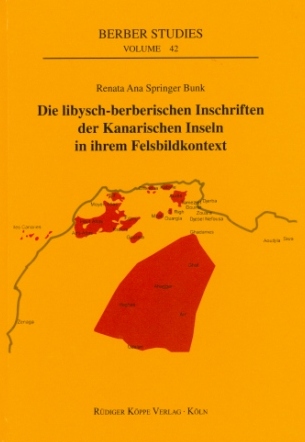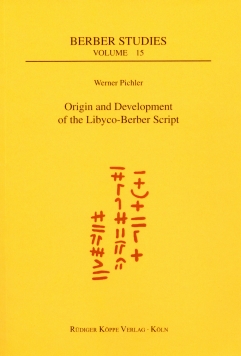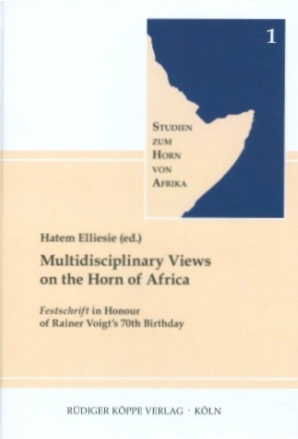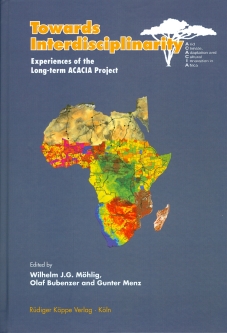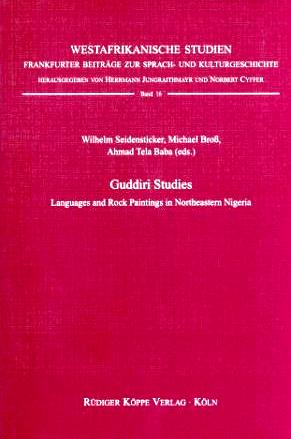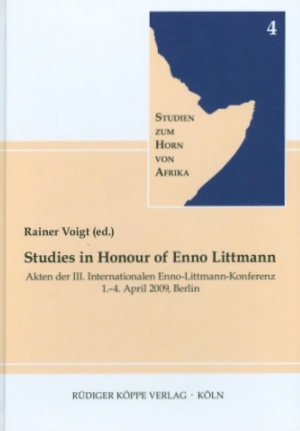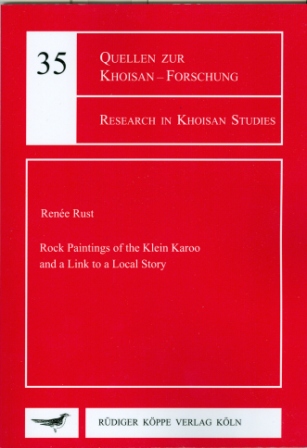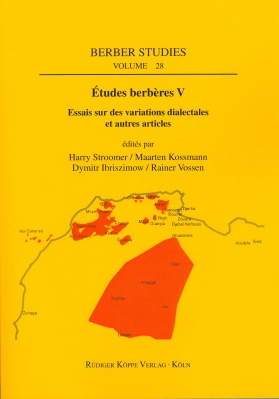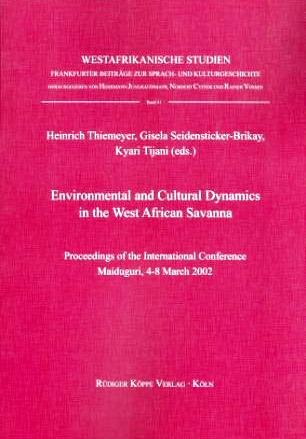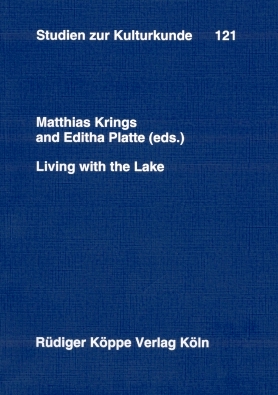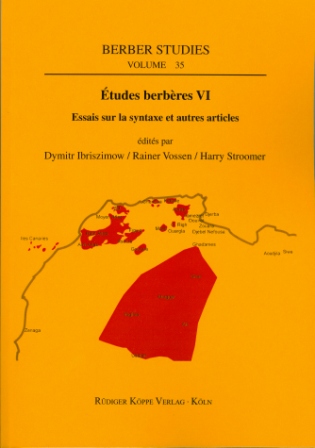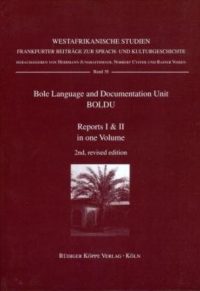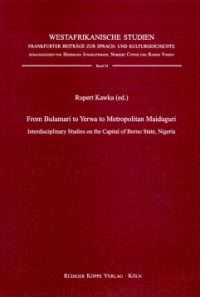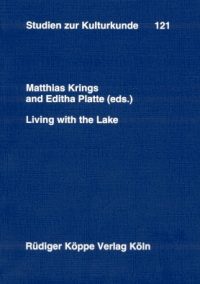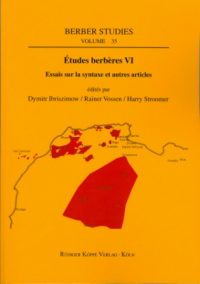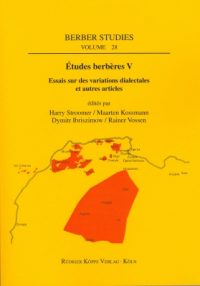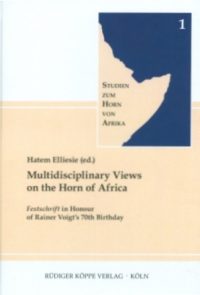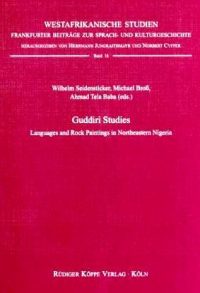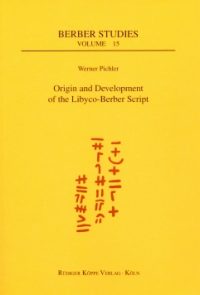2014
XVI, 106 pp.
2 colour maps, 33 colour photographs, 5 facsimile reproductions, numerous tables and charts
Text language: German
The Libyco-Berber inscriptions of the Canary Islands provide important historical evidence of the ancient inhabitants of the era before the conquest. They allude to their origin in Africa and thus verify the identity of the contemporary population, often being used as symbols. For research, these characteristics played a decisive role in many cases and language and script turned out to be considerable means of evidence, supporting increasing demands for the recognition of a “Berber identity”.
Annalists of the conquest and historians collected numerous words and several phrases of the language of the ancient inhabitants of each of the Canary Islands, which were – along with place names – preserved to this day. Thereby they provided irrefutable linguistic facts attesting that the ancient Canarians were Berber speaking groups. However, it was not until the 19th century that the first Libyco-Berber inscriptions were discovered in the archipelago. The discoveries continue to date and are far from being completed as numerous recent finds demonstrate.
Geographically, the Canarian archipelago constitutes the westernmost edge of the area of the Berber language and script. Yet, it features an extraordinarily high number of Libyco-Berber inscriptions in relation to the comparatively small land surface of the islands. For archaeologists, however, it is not only the abundance of discoveries that is decisive, but moreover the fact that they provide a basis for the interpretation of the origin of the ancient population and thus point to the approximate date of the beginning of settlement on the islands which coincides with the period of usage of this script in the northern part of the African continent.
This book depicts the current state of research after several decades of continuous studies as well as the latest surveys and results presented in a manner intelligible not only to specialists.
Under these links you will find further studies of Libyco-Berber inscriptions, of Libyan Berber languages, and on rock art research in Nigeria and South Africa:

